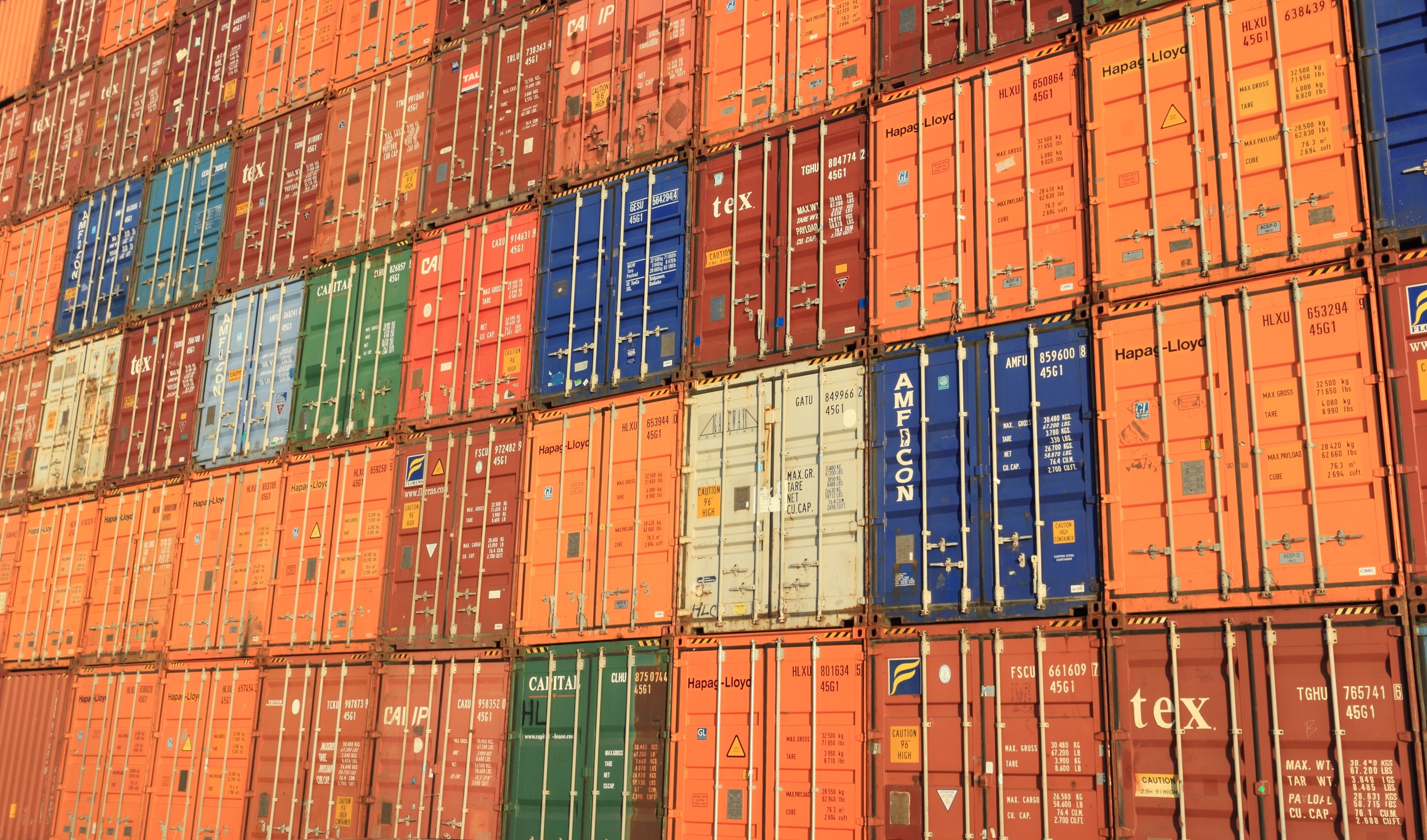Mr. Marcus Burtenshaw Executive Director and Head of Occupier Services & Commercial Agency Department ( OSCA ), Knight Frank Thailand says that “ The fraternal bond of cultural and familial ties between Thailand and China has been established for over 200 years, but Chinese direct investment in the property sector has been limited by Thailand’s foreign land ownership restrictions.
Sino-Thai joint ventures have always played an important role in the trading and manufacturing sectors but a notable example in the property sector in recent years has been the partnership between China’s Holley Group and the Thai public-listed industrial estate developer, Amata PCL. Together, they developed the Thai-Chinese Rayong Industrial Park located in Thailand’s Eastern Economic Corridor, which has benefitted from China’s ‘Go Out’ policy, which encouraged almost 100 Chinese manufacturers to invest US $2.5 billion in this park, which now employs over 20,000 Thai staff and over 3,000 Chinese expatriate workers.
The recent announcement that HNA Innovation Finance and CT Bright will contribute equally to 20% of a fund, which may reach US $5 billion next three to five years, to invest in Thailand’s US $43 billion Eastern Economic Corridor project also has the potential to have a profound impact on the area and competitiveness of the country.
Thailand’s role as a transportation and logistics hub for China in Southeast Asia has been underscored following the Thai cabinet’s approval for the US$5.2 billion, 256-kilometre railway from Bangkok to the Northeastern province of Nongkhai on the border of Laos. Chinese expertise will be enlisted to develop this first phase of a railway network that will eventually link China to Malaysia and Singapore, via Laos and Thailand
Aside from the growing presence of Chinese corporates in manufacturing and e-commerce sectors, we expect to see more JVs to be formed in the hospitality sector as a way to capitalize on the growing numbers of tourists flocking to get ‘Lost in Thailand’, and expect further Chinese participation in infrastructure developments in rail networks and possibly even the Kra Isthmus Canal project, which could shorten the Maritime Silk Road by 1,200 km, reducing the shipping time of Chinese commodities to Europe.”














